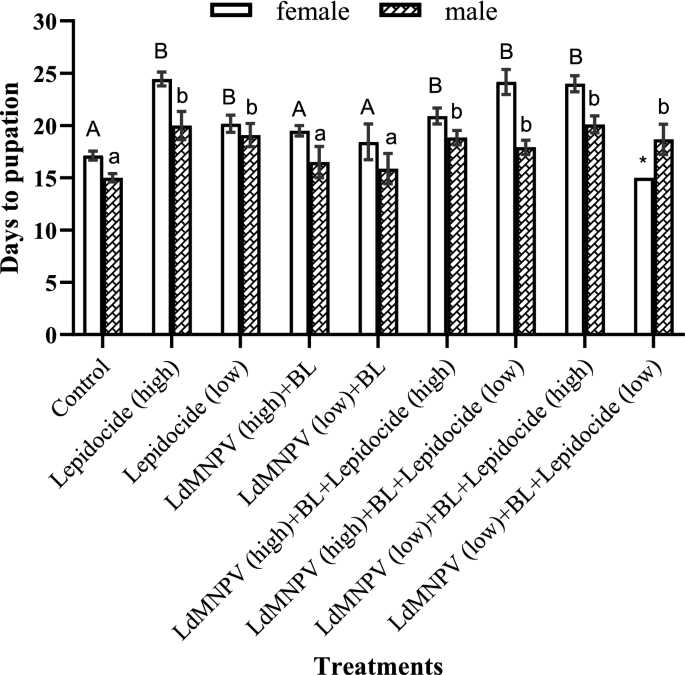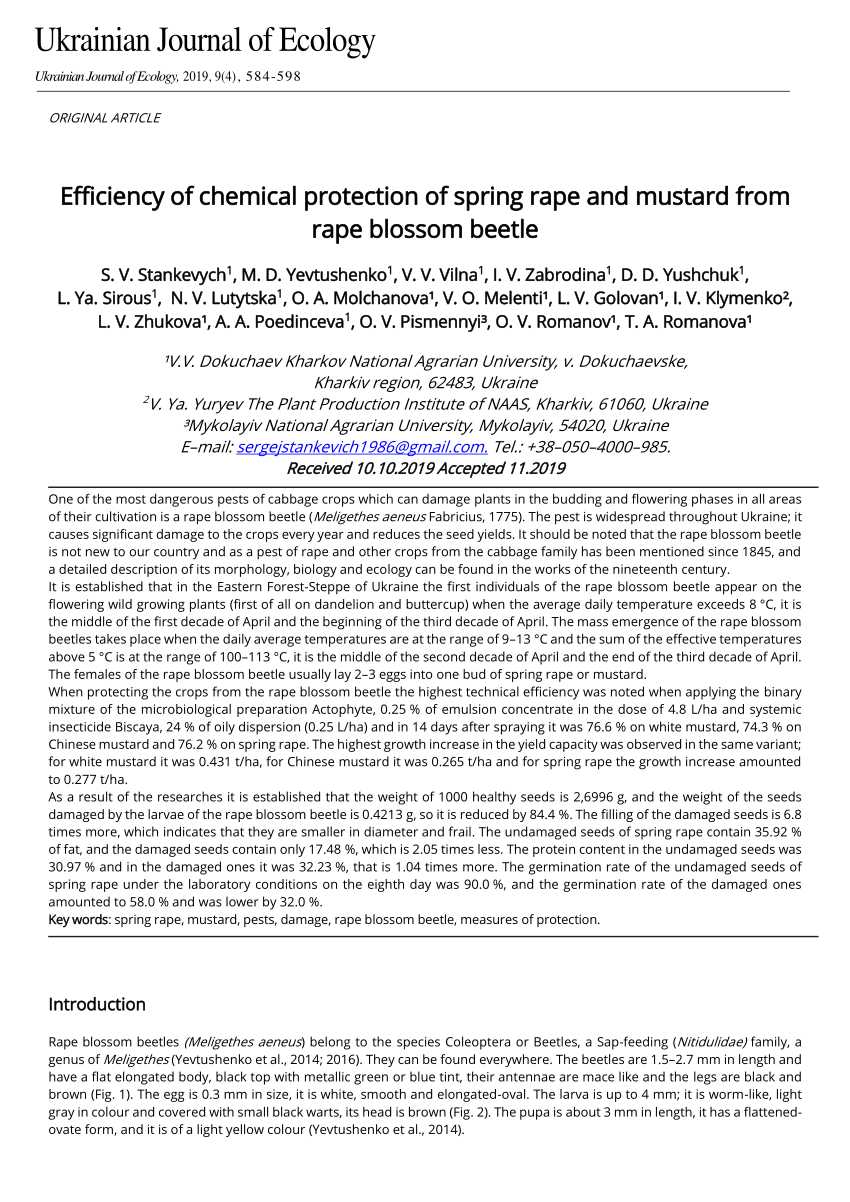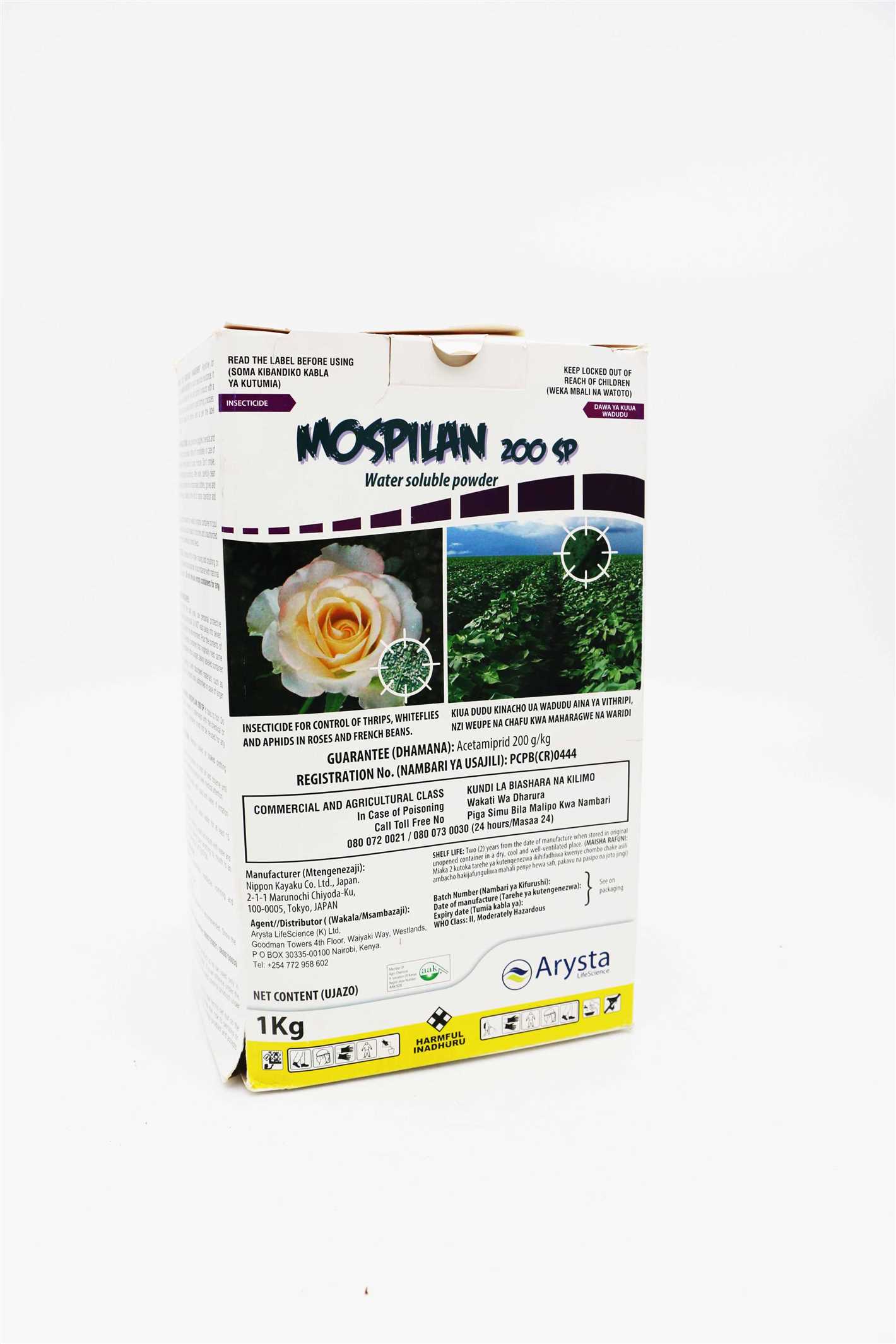- Tips for Preparing Calypso Plants
- Choosing the Right Soil
- 1. Well-draining Soil
- 2. Nutrient-Rich Soil
- 3. pH Level
- 4. Aeration
- 5. Moisture Retention
- 6. Soil Sterilization
- Selecting the Ideal Location
- Light
- Temperature
- Humidity
- Air Circulation
- Space
- Proximity to Other Plants
- Providing Adequate Watering
- 1. Watering Frequency
- 2. Avoid Overwatering
- 3. Watering Method
- 4. Mulching
- 5. Observation and Adjustments
- Fertilizing Calypso Plants
- 1. Determine the nutrient needs
- 2. Choose the right fertilizer
- 3. Apply the fertilizer at the right time
- 4. Follow the recommended dosage
- 5. Apply liquid fertilizers
- 6. Consider slow-release fertilizers
- 7. Monitor plant response
- Protecting Against Pests and Diseases
- 1. Regular Inspection
- 2. Proper Watering
- 3. Natural Predators
- 4. Organic Pest Control
- 5. Proper Plant Spacing
- 6. Cleaning and Sanitizing
- 7. Crop Rotation
- 8. Disease-resistant Varieties
- 9. Quarantine New Plants
- 10. Timely Action
- Propagation Techniques for Calypso Plants
- 1. Division
- 2. Seed Propagation
- 3. Keiki Cuttings
- 4. Tissue Culture
- 5. Leaf Cuttings
- Seasonal Care for Calypso Plants
- Spring
- Summer
- Fall
- Winter
- Harvesting and Storage Tips
- 1. Harvesting:
- 2. Cleaning:
- 3. Drying:
- 4. Storage:
- Q&A:
- What is calypso plant preparation?
- How do I choose the best location for calypso plants?
- What type of soil is best for calypso plants?
- How often should calypso plants be watered?
- Are there any specific tips for fertilizing calypso plants?
- How long does it take for calypso plants to bloom?
- Video: String of Pearls Care Guide // Garden Answer
Calypso plants, also known as Cymbidiums, are beautiful and vibrant orchids that can brighten up any garden or indoor space. However, like any plant, proper preparation is essential for ensuring optimal growth and blooming. In this article, we will share some tips and methods for preparing your Calypso plants for success.
Choosing the Right Location: Calypso plants thrive in bright, indirect light. It is important to find a location that receives enough light throughout the day, but without direct sunlight. A windowsill or balcony that faces east or west can provide the ideal lighting conditions for these orchids.
Providing Adequate Watering: Calypso plants require regular watering to keep their roots hydrated, but overwatering can lead to root rot and other problems. The key is to allow the top layer of soil to dry out slightly between waterings. It is also recommended to use lukewarm water to avoid shocking the plant.
Fertilizing Properly: Calypso plants benefit from regular fertilization to promote healthy growth and blooming. It is recommended to use a balanced orchid fertilizer that is specifically formulated for these types of plants. Follow the instructions on the package for the correct dosage and frequency.
Pruning and Repotting: Regular pruning can help keep Calypso plants compact and encourage new growth. Remove any dead or yellowing leaves, as well as spent flower spikes. Repotting should be done every 2-3 years to refresh the soil and provide more room for the plant to grow. Use a well-draining orchid potting mix for best results.
By following these tips and methods for Calypso plant preparation, you can ensure that your orchids thrive and bloom beautifully. Remember to be patient and give your plants the care they need, and you will be rewarded with stunning flowers and a healthy plant.
Tips for Preparing Calypso Plants
If you want to successfully grow Calypso plants, it is important to properly prepare them before planting. Here are some tips to help you with the preparation process:
- Select healthy plants: Choose Calypso plants that are free from diseases and pests. Look for plants with vibrant foliage and strong stems.
- Provide adequate sunlight: Calypso plants thrive in bright, indirect sunlight. Find a location in your garden that receives partial shade for optimal growth.
- Prepare the soil: Calypso plants prefer well-draining soil that is rich in organic matter. Before planting, amend the soil with compost or well-rotted manure to improve its fertility and drainage.
- Watering: Calypso plants require regular watering to keep the soil moist but not waterlogged. Water them deeply at least once a week, allowing the soil to dry slightly between waterings.
- Fertilization: Apply a balanced fertilizer to your Calypso plants during the growing season. Follow the manufacturer’s instructions for the proper application rate.
- Mulching: Mulching around the base of your Calypso plants helps to retain moisture, suppress weed growth, and regulate soil temperature. Use organic mulch, such as wood chips or straw.
- Protection from pests and diseases: Keep an eye out for common pests like aphids and slugs, and promptly address any infestations. Additionally, avoid overhead watering to prevent the spread of fungal diseases.
- Deadheading: Remove faded flowers to encourage continuous blooming and prevent seed formation. This will redirect the plant’s energy into producing more flowers.
- Supporting the plants: As Calypso plants grow, they may need support to prevent them from flopping over. Install stakes or tomato cages around the plants to provide support without causing damage.
By following these tips, you can ensure that your Calypso plants have the best possible start and thrive in your garden.
Choosing the Right Soil
When it comes to growing calypso plants, choosing the right soil is crucial for optimal growth. The soil should provide the necessary nutrients, drainage, and aeration for the plant to thrive. Here are some tips to help you choose the right soil for your calypso plants:
1. Well-draining Soil
Calypso plants prefer well-draining soil to prevent waterlogging and root rot. Use a soil mix that allows excess water to drain freely. Avoid heavy clay soils that can retain water and lead to soggy roots.
2. Nutrient-Rich Soil
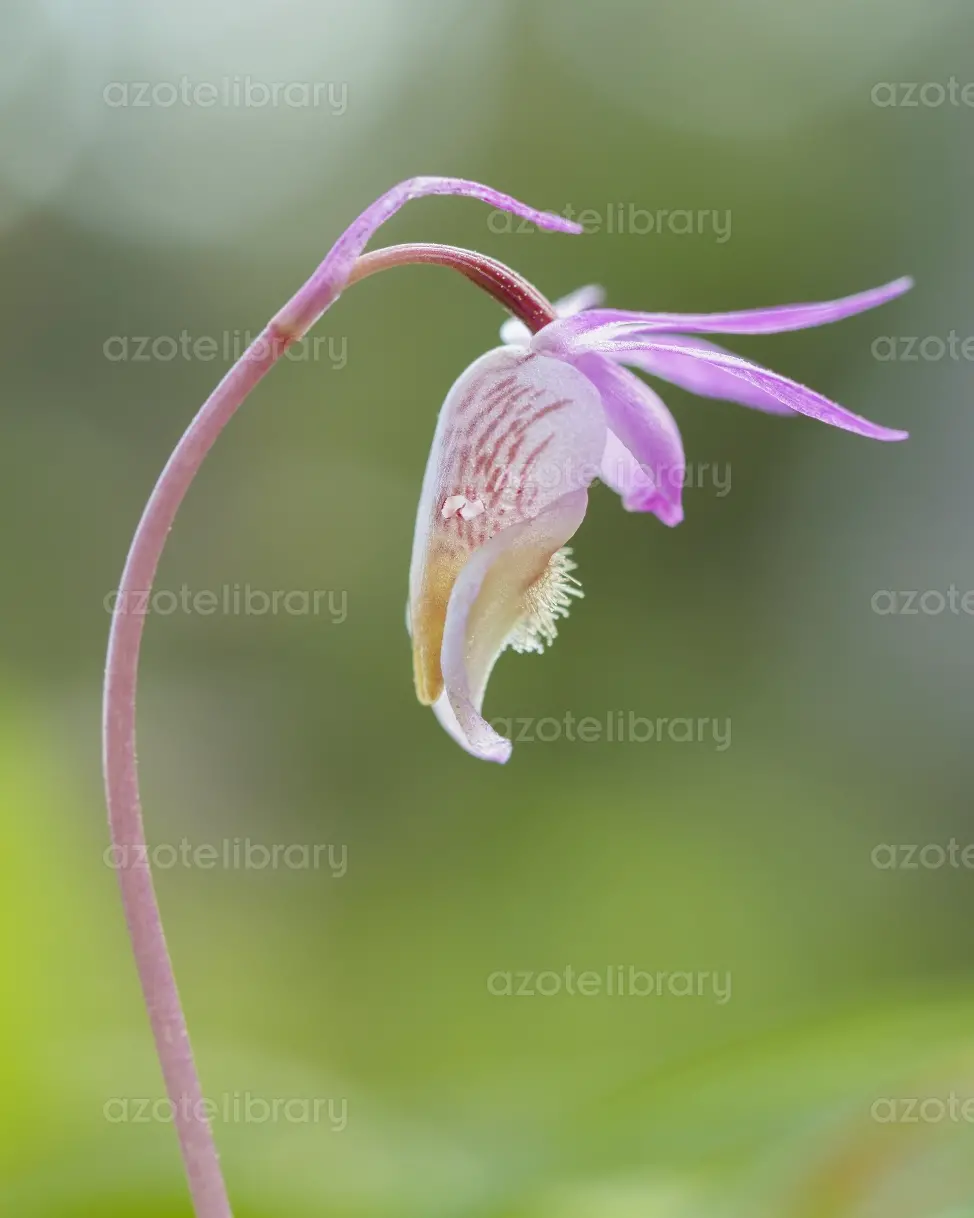
Calypso plants require a nutrient-rich soil to support their growth. A soil mix with organic matter, such as compost or well-rotted manure, can provide the necessary nutrients. Consider adding some slow-release fertilizers to ensure a steady supply of nutrients over time.
3. pH Level
The ideal pH level for calypso plants is slightly acidic to neutral, ranging from 6.0 to 7.0. Test your soil’s pH level using a soil testing kit and amend it if necessary. Adding lime can raise the pH level, while adding sulfur or peat moss can lower it.
4. Aeration
Proper aeration is essential for calypso plant roots to breathe and absorb nutrients efficiently. The soil mix should be loose and well-aerated. Adding coarse sand, perlite, or vermiculite can improve the soil’s aeration and prevent compaction.
5. Moisture Retention
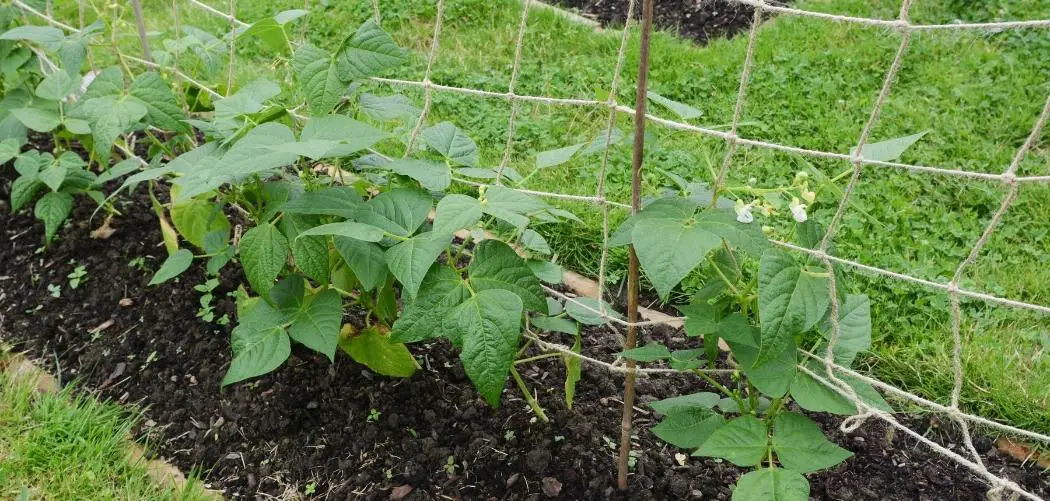
While calypso plants prefer well-draining soil, they also require adequate moisture retention to sustain their growth. A soil mix with good water-holding capacity can prevent the plant from drying out too quickly. Consider adding organic materials like coconut coir or peat moss to help retain moisture.
6. Soil Sterilization
Before planting calypso plants, it’s recommended to sterilize the soil to reduce the risk of diseases and pests. You can sterilize the soil by heating it in an oven or using chemicals specifically designed for soil sterilization.
By choosing the right soil for your calypso plants, you can create an optimal growing environment that will promote healthy growth and beautiful blooms. Remember to regularly monitor the soil’s moisture levels and adjust your watering schedule accordingly.
Selecting the Ideal Location
Choosing the right location for your calypso plant is crucial for its optimal growth. Here are some factors to consider when selecting the ideal location:
Light
Calypso plants thrive in bright, indirect light. Find a location in your home or garden where the plant can receive bright, filtered light for at least 6-8 hours a day. Avoid placing the plant in direct sunlight as it can scorch the leaves.
Temperature
Calypso plants prefer temperatures between 65-75°F (18-24°C). Avoid placing the plant in areas with extreme temperature fluctuations or drafts. Keep it away from air conditioning vents or heater vents that can subject it to sudden temperature changes.
Humidity
Calypso plants love humidity. Aim for a humidity level of 40-60% in the area where you plan to place the plant. You can increase humidity by placing a tray of water near the plant or by using a humidifier. Avoid placing the plant near heaters or air conditioners, as they can dry out the air.
Air Circulation
Good air circulation is important for the health of your calypso plant. Ensure that the area you choose has proper ventilation to prevent stagnant air. This can be achieved by opening windows or using fans to promote air movement.
Space
Calypso plants can grow quite large, so make sure to provide enough space for it to spread its leaves. Consider the mature size of the plant and leave enough room for it to grow without being cramped.
Proximity to Other Plants
Calypso plants can be affected by pests and diseases, so it’s best to keep them away from other plants that may be infected. Give your calypso plant some distance from other plants to reduce the risk of cross-contamination.
By taking these factors into consideration, you can create an ideal environment for your calypso plant to thrive and grow.
Providing Adequate Watering
Watering is an important aspect of caring for calypso plants. These plants require a consistent and appropriate amount of water to thrive and grow optimally. Here are some important tips for providing adequate watering:
1. Watering Frequency
Calypso plants should be watered regularly to keep the soil moist, but not waterlogged. It is advisable to water them once or twice a week, depending on the weather conditions and the plant’s response to the watering schedule. During hot and dry periods, it may be necessary to increase the frequency of watering.
2. Avoid Overwatering
While regular watering is important, it is equally important to avoid overwatering the calypso plants. Overwatering can lead to root rot and other fungal diseases. To determine when it’s time to water, check the moisture level of the soil by inserting your finger about an inch deep. If the soil feels dry at this depth, it’s time to water.
3. Watering Method
When watering calypso plants, it is best to use a watering can or a hose with a gentle shower attachment. This helps distribute the water evenly and prevents the soil from getting compacted. Water the plants thoroughly, ensuring that the water reaches the roots.
4. Mulching
Applying a layer of organic mulch around the base of the calypso plants can help retain moisture in the soil and reduce the frequency of watering. Mulching also helps regulate the temperature of the soil, keeping it cooler during hot summer months.
5. Observation and Adjustments
Monitor the plants closely and observe their response to the watering schedule. If the leaves become yellow or droopy, it may indicate that the plants are not receiving enough water. On the other hand, if the leaves appear wilted or the soil is constantly moist, it may indicate overwatering.
Adjust the watering schedule accordingly based on the plant’s needs and the weather conditions. Keeping a balance between moisture and dryness is crucial for the optimal growth of calypso plants.
Fertilizing Calypso Plants
Proper fertilization plays a crucial role in the growth and development of Calypso plants. By providing adequate nutrients, you can ensure their optimal health and promote robust flowering. Here are some tips and methods for fertilizing Calypso plants:
1. Determine the nutrient needs
Before applying any fertilizer, it is important to assess the nutrient requirements of your Calypso plants. Conduct a soil test to determine the pH levels and nutrient deficiencies. This will help you choose an appropriate fertilizer blend.
2. Choose the right fertilizer
Calypso plants require a balanced fertilizer that provides an equal ratio of nitrogen (N), phosphorous (P), and potassium (K). Look for a fertilizer blend labeled with equal numbers, such as 10-10-10 or 20-20-20.
3. Apply the fertilizer at the right time
The best time to apply fertilizer to Calypso plants is during the growing season, which typically begins in early spring. Start fertilizing when new growth emerges and continue every 4-6 weeks until the end of summer. Avoid fertilizing during the dormant winter period.
4. Follow the recommended dosage
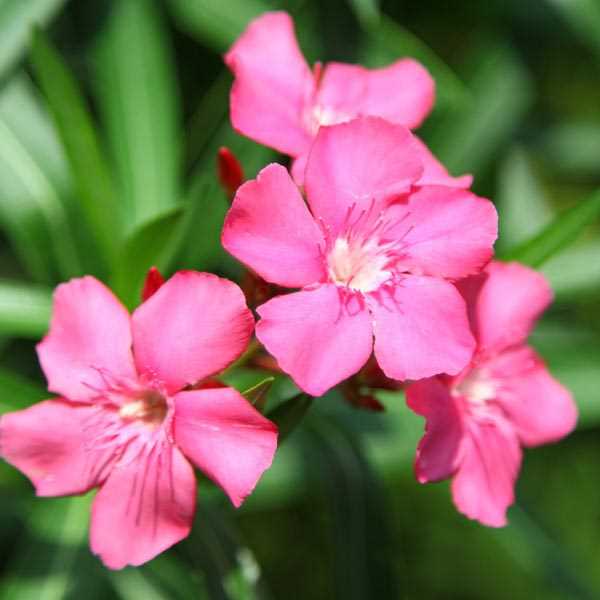
Read and follow the manufacturer’s instructions on the fertilizer package. Apply the recommended dosage according to the size and age of your Calypso plants. Avoid over-fertilizing, as it can result in nutrient imbalances and damage the plants.
5. Apply liquid fertilizers
One effective way to fertilize Calypso plants is by using liquid fertilizers. Dilute the fertilizer according to the package instructions and water the plants with the solution. This allows for efficient absorption of nutrients by the plant’s roots.
6. Consider slow-release fertilizers
If you prefer a low-maintenance approach, consider using slow-release fertilizers. These granules release nutrients gradually over an extended period, reducing the frequency of fertilization. Follow the package instructions for application rates.
7. Monitor plant response
Observe your Calypso plants closely after fertilization. Look for signs of nutrient deficiency or excess, such as yellowing leaves or stunted growth. Adjust the fertilizer application accordingly to meet the specific needs of your plants.
Following these fertilization tips will help you achieve healthy and thriving Calypso plants with vibrant blooms. Remember to always read and follow the instructions provided by the fertilizer manufacturer to ensure the best results.
Protecting Against Pests and Diseases
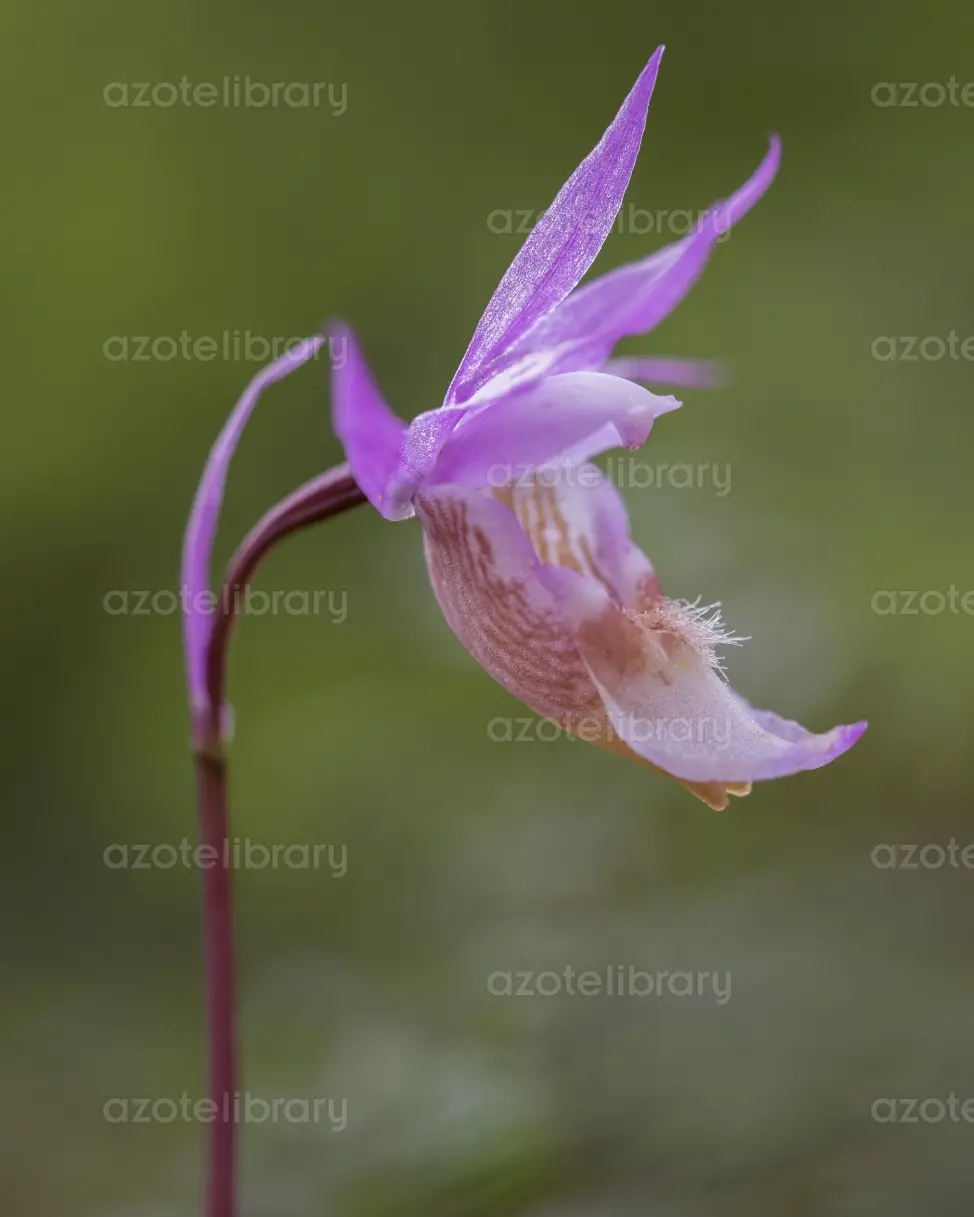
Keeping your calypso plants healthy and free from pests and diseases is essential for optimal growth. Here are some tips and methods to protect your plants:
1. Regular Inspection
Inspect your plants regularly to identify any signs of pests or diseases. Look for discoloration, deformities, holes in leaves, or any unusual growth.
2. Proper Watering
Water your calypso plants carefully to avoid overwatering, as it can create conditions suitable for pests and diseases. Stick to a consistent watering schedule and ensure that the soil is well-drained.
3. Natural Predators
Introduce beneficial insects and animals that feed on pests, such as ladybugs, lacewings, or birds, to your garden. They can help control pest populations naturally.
4. Organic Pest Control
Use organic pest control methods, such as neem oil or insecticidal soaps, to manage pests. Avoid using harsh chemicals that can harm beneficial insects and the environment.
5. Proper Plant Spacing
Ensure that your calypso plants are adequately spaced to allow proper air circulation. Crowded plants are more susceptible to diseases due to poor air circulation.
6. Cleaning and Sanitizing
Remove any dead leaves or plant debris around your calypso plants regularly. Cleaning and sanitizing the garden area can help prevent the spread of diseases.
7. Crop Rotation
Practice crop rotation by planting your calypso plants in different locations each year. This can help break the life cycle of pests and diseases, reducing their impact on your plants.
8. Disease-resistant Varieties
Choose disease-resistant calypso plant varieties whenever possible. These varieties have built-in resistance to specific pests and diseases, providing added protection to your plants.
9. Quarantine New Plants
Quarantine new plants before introducing them to your garden. This helps prevent any potential pests or diseases from spreading to your existing calypso plants.
10. Timely Action
If you do identify any pests or diseases on your calypso plants, take timely action to address the problem. Promptly remove affected leaves or treat the plants with appropriate remedies to prevent further damage.
By following these tips and methods, you can protect your calypso plants against pests and diseases, ensuring their healthy growth and vibrant blooms.
Propagation Techniques for Calypso Plants
Calypso plants, also known as fairy slipper orchids, are beautiful and delicate flowers that can be propagated through various techniques. Whether you want to expand your collection or share these stunning plants with friends, here are some propagation methods to consider:
1. Division
Dividing a mature calypso plant is one of the easiest ways to propagate it. This method can be done in early spring when the plant is dormant. Simply dig up the plant and carefully separate the rhizomes into individual sections, making sure each section has at least one healthy growth bud. Plant the divisions in pots or directly in the ground, keeping the soil moist until new growth appears.
2. Seed Propagation
If you’re up for a more challenging propagation technique, growing calypso plants from seeds is a rewarding option. Collect ripe seed capsules from a healthy plant and allow them to dry for a few weeks. Once the capsules have split open, gently remove the tiny seeds inside. Sow the seeds in a mixture of peat moss and perlite, and keep them moist in a warm and humid environment. With patience and proper care, the seeds will germinate, and the seedlings can be transplanted when they have developed a few leaves.
3. Keiki Cuttings
Calypso plants occasionally produce keikis, or small plantlets, that can be separated and propagated. Keikis typically grow from the base of the parent plant and can be carefully removed once they have developed their own roots and leaves. Plant the keikis in a well-draining potting mix and provide them with the same care as the adult plants.
4. Tissue Culture
Tissue culture is a more advanced propagation technique suitable for those with the necessary equipment and expertise. This method involves taking a small tissue sample from a calypso plant and placing it in a sterilized culture medium. Under controlled conditions, the tissue sample will multiply and develop into new plants. Tissue culture allows for the production of a large number of identical plants, making it an efficient way to propagate rare or endangered calypso species.
5. Leaf Cuttings
While not commonly used for calypso plants, leaf cuttings can be attempted with some success. Select a healthy leaf from the plant, making sure to include the base tissue. Cut the leaf into sections, each containing a section of the leaf vein. Plant the leaf sections in a moist potting mix and keep them in a warm and humid environment. With luck, roots will develop, and new plants will emerge from the leaf sections.
Propagation of calypso plants may require patience and careful attention to detail, but the rewards are well worth the effort. Experiment with different techniques to find the method that works best for you, and soon you’ll have a thriving collection of these stunning orchids.
Seasonal Care for Calypso Plants
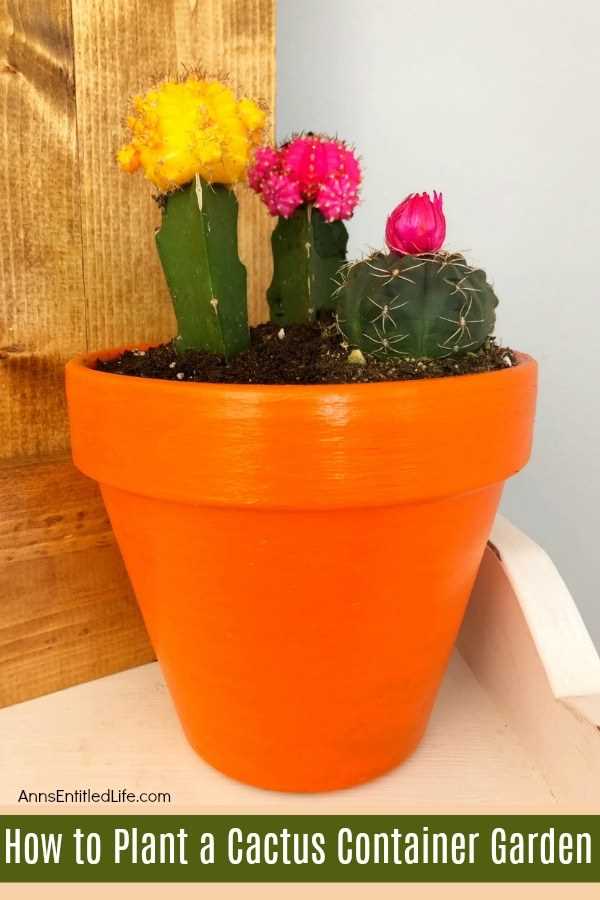
Spring
In the spring, it is important to provide the proper care to ensure optimal growth for your calypso plants. Here are some tips:
- Remove any dead or diseased foliage to prevent the spread of diseases.
- Apply a slow-release fertilizer to provide the necessary nutrients.
- Water the plants regularly, ensuring the soil is moist but not waterlogged.
- Monitor for pests and take appropriate action if necessary.
Summer
The summer months are when calypso plants are in full bloom. To maintain their health and beauty during this time, follow these guidelines:
- Water the plants regularly to keep the soil evenly moist.
- Provide shade or use mulch to keep the soil cool and prevent evaporation.
- Prune any faded or dead flowers to encourage new blooms.
- Monitor for pests, especially aphids and slugs, and take appropriate action if necessary.
Fall
In the fall, it is important to prepare your calypso plants for the upcoming dormant period. Here’s what you should do:
- Reduce watering as the days get shorter and temperatures start to cool down.
- Stop fertilizing the plants to allow them to naturally enter dormancy.
- Remove any dead foliage and apply a layer of mulch to protect the plants from freezing temperatures.
- Monitor the plants for signs of disease or pests and take appropriate action if necessary.
Winter
During the winter, calypso plants go into a dormant period. However, some care is still needed to ensure their survival:
- Provide a layer of mulch to protect the plants from freezing temperatures.
- Avoid overwatering, as the dormant plants require less moisture.
- Inspect the plants regularly for signs of disease or pests and take appropriate action if necessary.
Following these seasonal care tips will help your calypso plants thrive and produce beautiful blooms year after year.
Harvesting and Storage Tips
Proper harvesting and storage techniques are essential for maintaining the quality and longevity of calypso plants. Here are some tips to help you get the most out of your harvest:
1. Harvesting:
- Harvest calypso plants when the tubers have reached their optimal size, typically around 2-3 inches in diameter. This ensures the best flavor and texture.
- Gently dig around the base of the plant to avoid damaging the tubers.
- Carefully lift the tubers from the soil, removing any excess soil or roots.
2. Cleaning:
- After harvesting, gently brush off any loose soil from the tubers. Avoid washing them, as excess moisture can cause them to rot.
- Inspect each tuber for any signs of damage or disease. Discard any tubers that appear damaged.
3. Drying:
- Allow the tubers to air dry for a few hours in a cool, well-ventilated area. This helps to toughen their skin and reduce the risk of rot during storage.
- Avoid drying the tubers in direct sunlight or near sources of heat, as this can cause them to become too dry and lose their quality.
4. Storage:
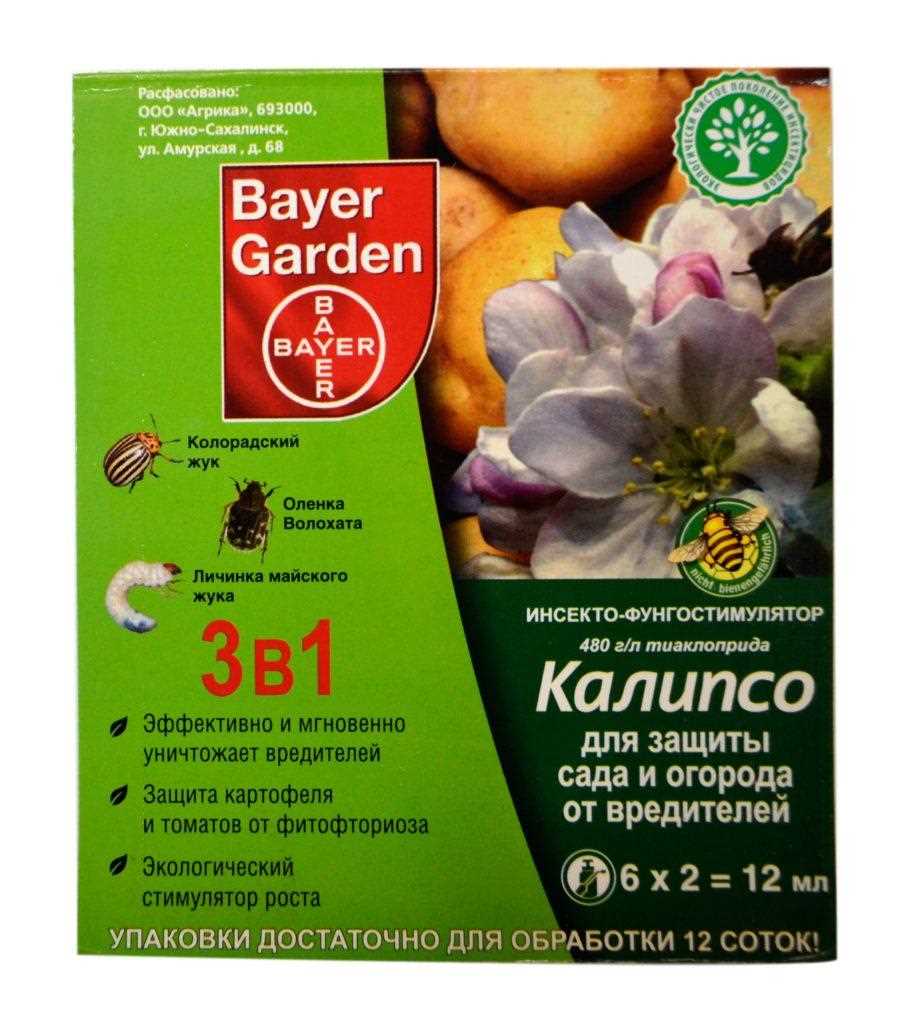
- Store the dried tubers in a cool, dark, and well-ventilated location. Ideally, the temperature should be around 45-50°F (7-10°C) with moderate humidity.
- Use a breathable container, such as a mesh bag or a wooden crate, to allow for proper air circulation and prevent condensation.
- Check the stored tubers regularly for any signs of decay or rot. Remove any spoiled tubers immediately to prevent the spread of diseases.
By following these harvesting and storage tips, you can ensure that your calypso plants stay fresh and tasty for an extended period of time.
Q&A:
What is calypso plant preparation?
Calypso plant preparation refers to the steps and methods taken to ensure optimal growth and health of calypso plants. This includes selecting the right planting location, preparing the soil, and providing proper care and maintenance.
How do I choose the best location for calypso plants?
When selecting a location for calypso plants, it is important to consider their specific needs. They thrive in partial shade or filtered sunlight and prefer well-draining soil. It is also important to choose a spot that is protected from strong winds.
What type of soil is best for calypso plants?
Calypso plants prefer well-draining soil that is rich in organic matter. A mix of peat moss, perlite, and compost can create an ideal growing medium. It is also important to ensure that the soil pH is slightly acidic to neutral.
How often should calypso plants be watered?
Calypso plants should be watered regularly to keep the soil evenly moist. However, it is important to avoid overwatering, as this can lead to root rot. A good rule of thumb is to water when the top inch of soil feels dry.
Are there any specific tips for fertilizing calypso plants?
Calypso plants benefit from a balanced fertilizer, applied every four to six weeks during the growing season. It is important to follow the manufacturer’s instructions and avoid over-fertilizing, as this can cause damage to the plants.
How long does it take for calypso plants to bloom?
The blooming period for calypso plants typically lasts for a few weeks, usually in late spring or early summer. However, it may take a few years for the plants to reach maturity and start blooming.

